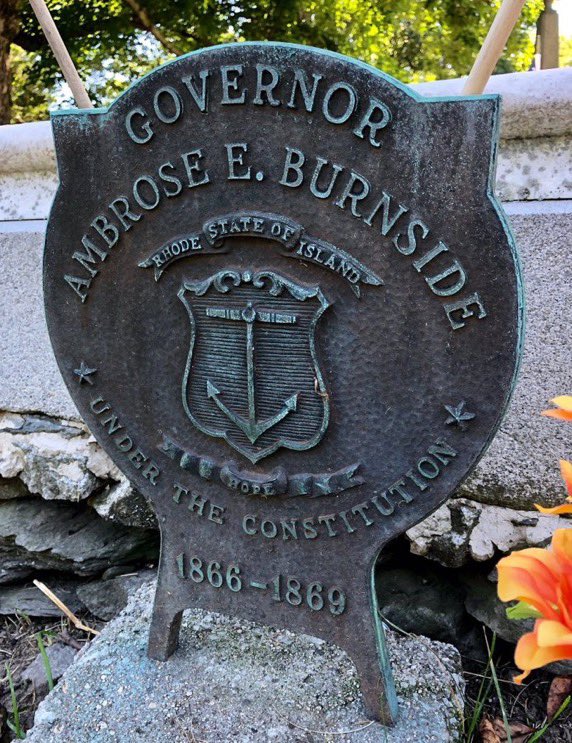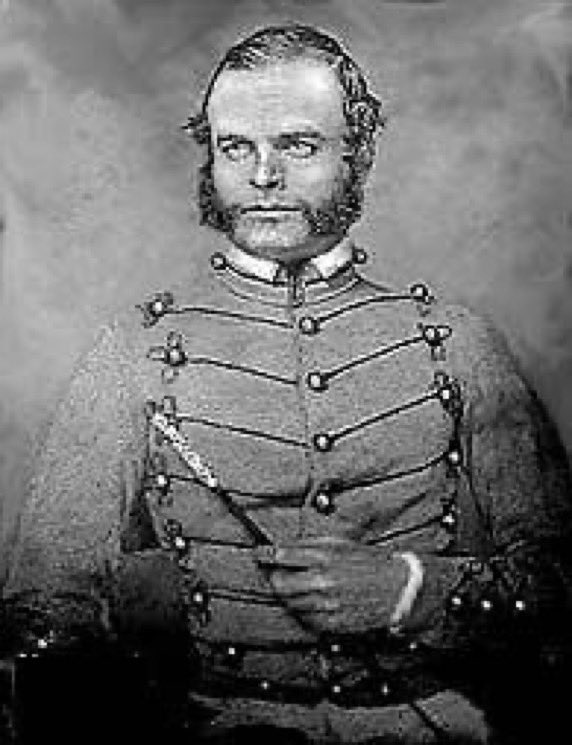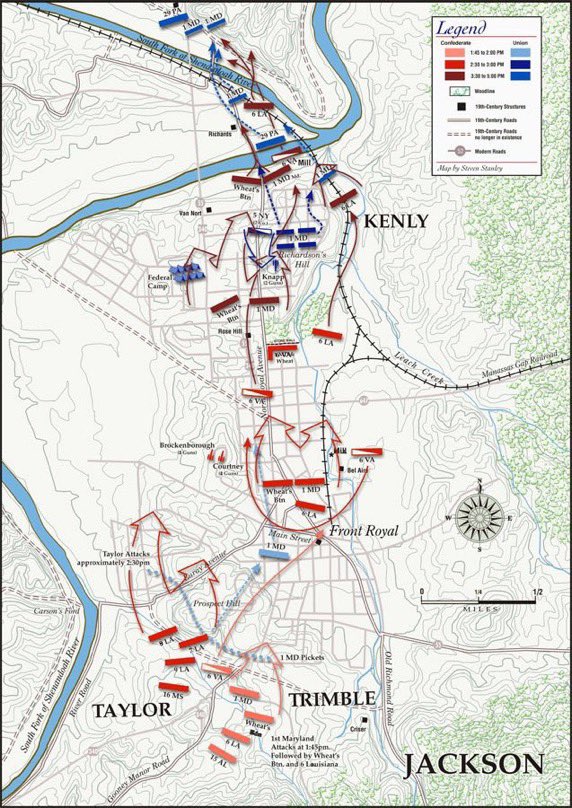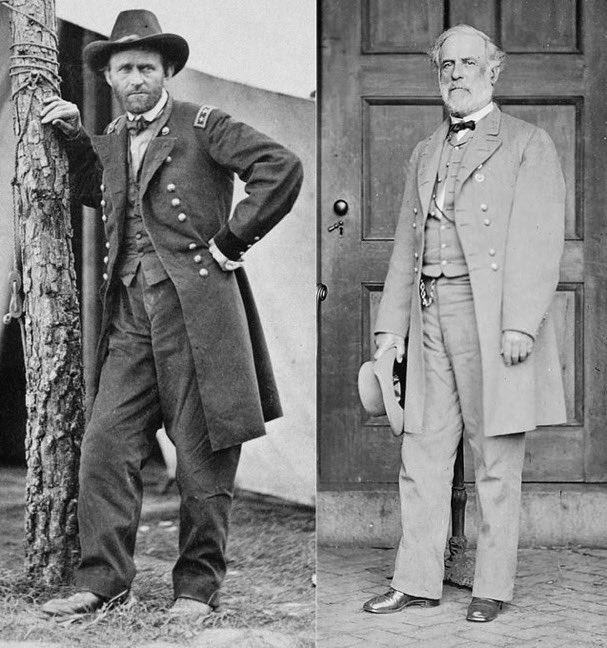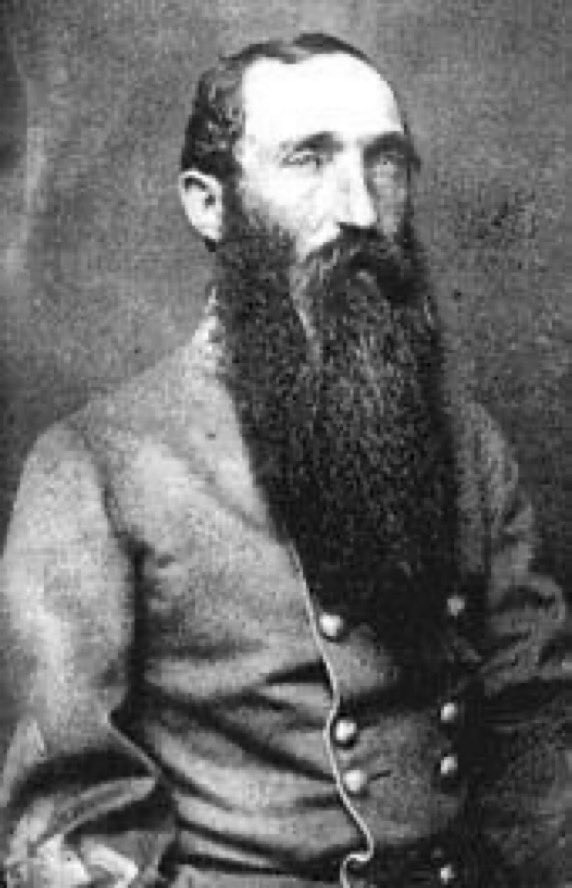The Battle of Marks’ Mills was fought #OTD in 1864, when confederate forces under James Fagan intercepted a wagon train of supplies intended for Gen. Frederick Steele's forces near Camden, AR. They were bottled up there after the failure of his Camden Expedition #CivilWar.🧵 





On April 24, Steele sent about 1400 men and nearly 250 wagons under the command of Lt. Colonel Francis Drake, to forage for food. They were accompanied by several civilian wagons and nearly 300 formerly enslaved Black men who worked as laborers for the Army. 



Encountering muddy roads and a swollen Moro Bayou bottom due to heavy spring rains, by mid-afternoon Drake ordered his men to camp for the night, sending the laborers ahead to cut logs to corduroy the muddy road. He was unaware that Fagan's cavalry was camped nearby. 



The delay in crossing the bayou allowed Fagan time to prepare an ambush for the wagon train. The next morning, Drake's lead elements ran into a dismounted Arkansas cavalry unit. They drove them back, but were then hit on both flanks by cavalry under William Cabell and Jo Shelby. 





The US troops were heavily outnumbered. After over four hours of vicious fighting, including a near-fatal hip wound suffered by Drake, they were forced to surrender. Over 1500 of the 1800 U.S. troops were killed, wounded or captured. 



Only fleetingly mentioned in reports of the battle is the fact that approximately 100 of the 300 unarmed Black laborers were shot and killed by the confederates for no reason. #ConfederateHeritageMonth arkansasonline.com/news/2013/aug/…
Most of the U.S. prisoners were sent to a prisoner of war camp in Tyler, TX, were they were terribly mistreated and many died of malnutrition and disease. #ConfederateHeritageMonth 





• • •
Missing some Tweet in this thread? You can try to
force a refresh




